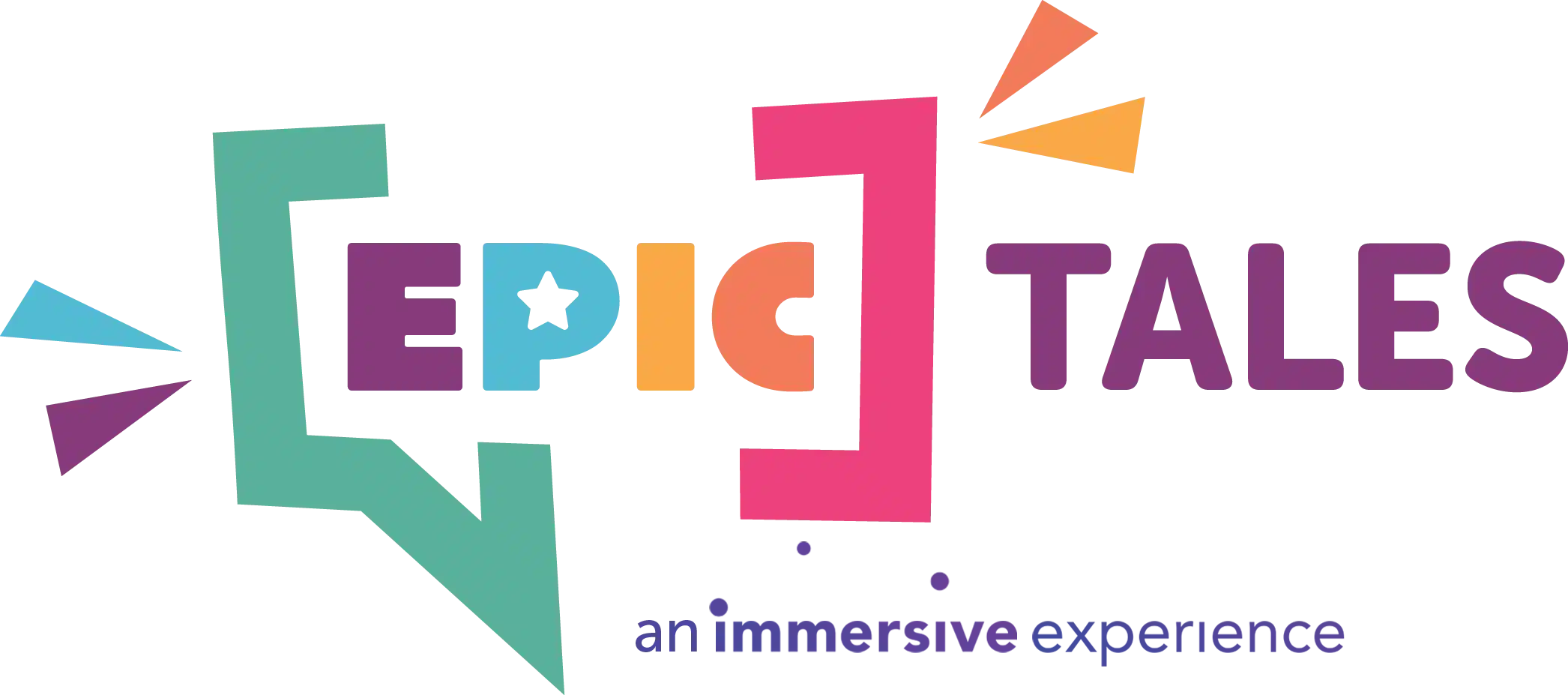FAQs
What is storytelling?
Put simply, it’s the act of sharing a story with another. This definition is so broad that many other acts fall under the umbrella of storytelling, and are often described as storytelling – such as one-person theatre, reading aloud, writing, painting, even social media.
However, the importance of including the word ‘telling’ cannot be overlooked: this art refers to stories being shared. You cannot tell a tale without someone being there to receive it, and the audience will usually affect the way it is told. So journalling, doodles, etc are too private to be considered storytelling, while propaganda, instructional media, etc are too one-way.
What is ‘traditional storytelling’?
Although often said in the media to be a dying artform, it’s perhaps never been more popular. Virtually every town in the western world has an amateur storytelling circle, every village elsewhere in the world, and the most popular genre of traditional storytelling is often performed before audiences of hundreds and televised to millions – that genre being ‘stand-up comedy’.
What’s the difference between storytelling and drama/acting/performing arts?
This can be considered a form of storytelling, but it differs from traditional storytelling in that a traditional storyteller doesn’t have a script, and they are not trying to create characters. Instead, a traditional storyteller will give you the details you need to create the characters and settings inside your head.
This means that, while dramatic or performing arts can be a great way to explore themes and scenarios, true storytelling will leave the audience feeling empowered through their own creativity.
What’s the difference between storytelling and reading aloud?
Because a traditional storyteller doesn’t have a book or a script, they can adapt the language of their telling to suit the audience in front of them. For inexperienced tellers, this can lead to ‘dumbing down’. However, experienced tellers will start with a language level that suits the audience, but then gradually build it up so that the audience grow their vocabulary and/or understanding along the way.
Moreover, not having a book or a script allows a traditional storyteller to let their audience ‘colour’ the telling (e.g. by naming the characters). This invites the audience to invest more in the telling, which heightens engagement.
That’s not to say that reading aloud can’t achieve similar heights of engagement. A ‘storytelling reader’ might express the same wonder at the text as their audience, and do so with conversation at a level which suits their audience, helping to draw them in. Using such traditional storytelling skills with an open book can massively improve the chances of listeners becoming interested in reading independently.
What’s the difference between your Story Wizards programme and Talk for Writing or similar programmes?
Despite their use of the word ‘storytelling’, Talk for Writing and similar programmes are typically based on performing arts, where the emphasis is on the performer’s efforts. They often begin by suggesting you ‘perform’ the words and narrative structures you want your learners to pick up, often combining these with actions or sound effects commonplace in performing arts. Learners will often find these easy and fun to imitate – but the ability to imitate doesn’t immediately result in an ability to innovate.
With Story Wizards, we use traditional storytelling to allow your learners quickly develop stories inside their own heads, and help them realise that their own versions of these stories are all unique and equally valid. Your learners’ engagement is further enhanced through our knowledge and use of the neurological connections each human has with story, meaning they will quickly realise and use their innate ability to innovate and improvise. Moreover, they will finish excited and keen to share their creations – motivation easily channelled into written work.
What kind of stories do you tell?
Have any new questions of your own?

